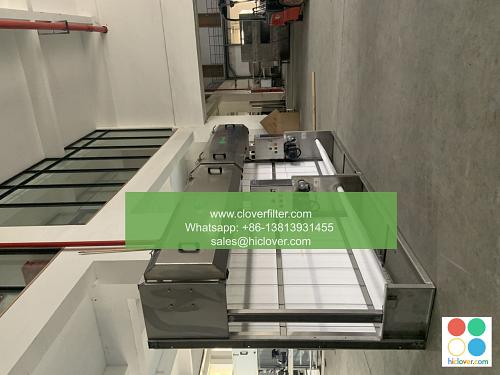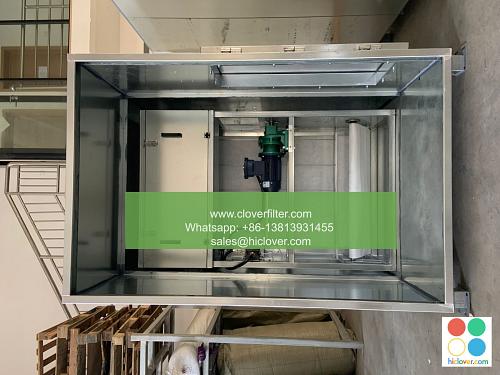Air Filter Pressure Drop and Energy Consumption: A Documentation Study

Air filter pressure drop and energy consumption are crucial factors to consider in various application areas, including heating, ventilation, and air conditioning (HVAC) systems, industrial processes, and air pollution control. This documentation study aims to provide an in-depth analysis of the relationship between air filter pressure drop and energy consumption, highlighting the significance of energy efficiency and sustainable practices in reducing operational costs and environmental impact.
Introduction to Air Filter Pressure Drop
Air filter pressure drop refers to the difference in pressure between the inlet and outlet of an air filter, typically measured in pascals (Pa) or inches of water gauge (in.wg). The pressure drop is influenced by various factors, including filter type, filter size, airflow rate, and filter cleanliness. A higher pressure drop can lead to increased energy consumption and reduced system performance.
Energy Consumption and Air Filter Pressure Drop
The relationship between energy consumption and air filter pressure drop is complex and multifaceted. As the pressure drop increases, the fan power required to maintain a constant airflow rate also increases, resulting in higher energy consumption. This, in turn, can lead to increased operational costs and greenhouse gas emissions. Furthermore, a higher pressure drop can also reduce the life expectancy of the air filter and other system components, resulting in increased maintenance costs.
Application Areas and Energy Efficiency
The application areas of air filters are diverse and widespread, including:
- Commercial HVAC systems: Air filters are used to improve indoor air quality and reduce energy consumption.
- Industrial processes: Air filters are used to control air pollution and maintain process efficiency.
- Residential HVAC systems: Air filters are used to improve indoor air quality and reduce energy consumption.
To achieve energy efficiency and reduce operational costs, it is essential to select the right type of air filter, maintain regular filter cleaning and replacement schedules, and optimize system design and operation.
Conclusion and Recommendations
In conclusion, air filter pressure drop and energy consumption are closely linked, and reducing pressure drop can lead to significant energy savings and cost reductions. To achieve this, it is recommended to:
- Use high-efficiency air filters with low pressure drop.
- Maintain regular filter cleaning and replacement schedules.
- Optimize system design and operation to minimize pressure drop.
- Implement sustainable practices and energy-efficient technologies to reduce environmental impact.
By following these recommendations, industries and individuals can reduce their environmental footprint and operational costs, while promoting energy efficiency and sustainable practices. You haven’t asked a question or provided any context for me to respond to. Please provide more information or ask a specific question, and I’ll do my best to assist you. What’s on your mind?


